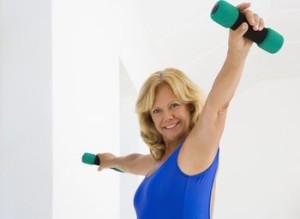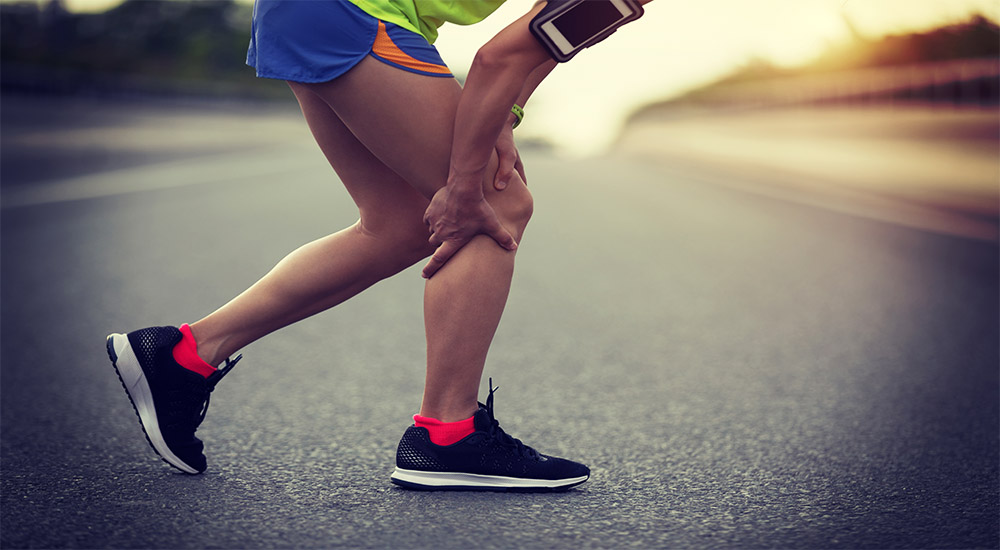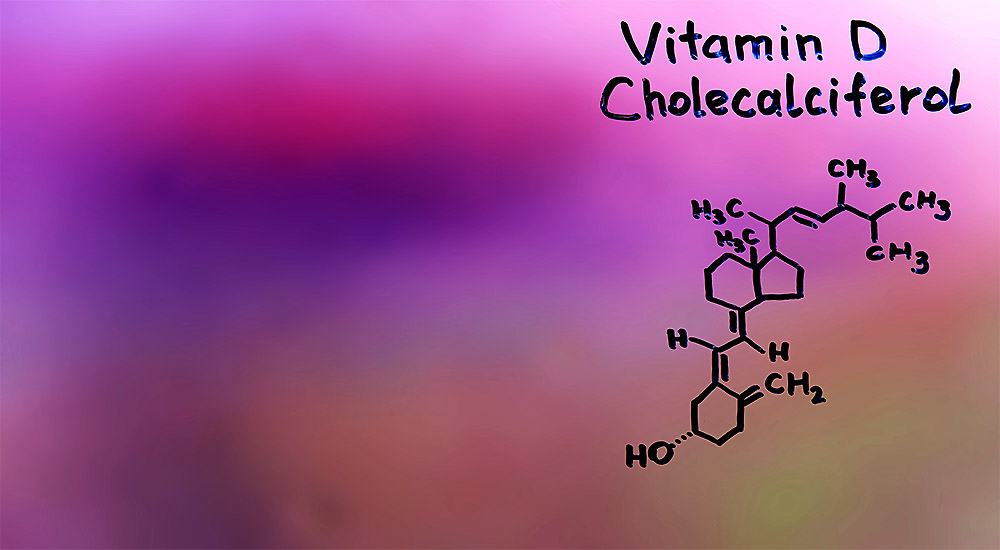Physical Therapy Helps Shoulder Pain & Stiffness
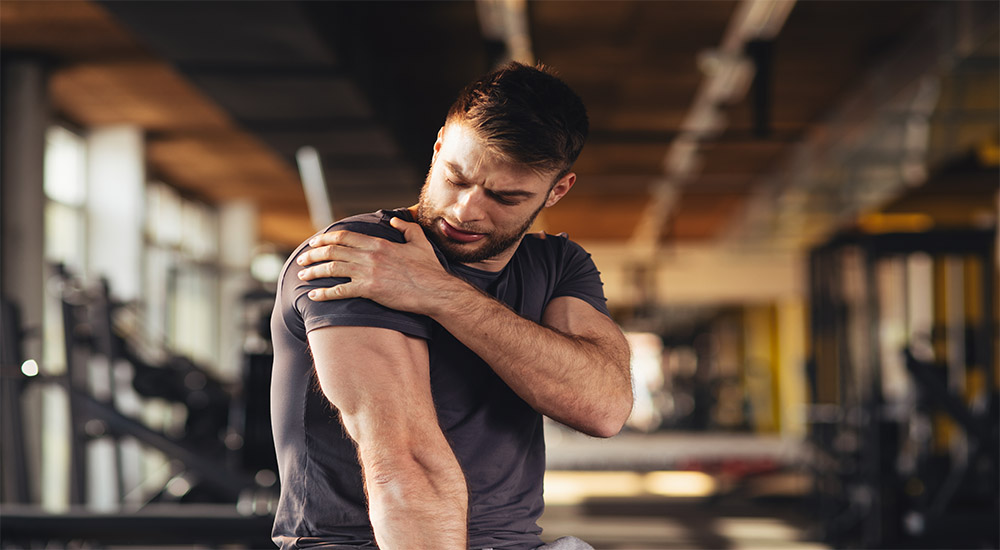
How is the Shoulder Unlike any other Joint?
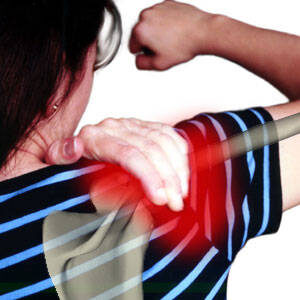
You can reach behind yourself nearly as far as you can reach in front of yourself; you can reach high and low, and across and out to the side; you can throw objects great distances. With the advantages of increased mobility, however, come the risks of injury.
Many of our physical therapy patients are treated for shoulder problems ranging from sprains and strains to frozen shoulders and pre/post-surgery therapy.
Why is the Shoulder ‘Accident Prone’?
Our body is composed of bones of different shapes and sizes held together with ligaments. The more moveable the joint, the less stable it is. Some joints move very little and therefore there is very little risk of injury unless the force applied to the joint is very great. The flexibility of the shoulder, which permits a great variety of movement, also puts the shoulder at greater risk for injury.
The shoulder is quite loosely held together where the arm bone (humerus) meets a shallow hollow of the shoulder blade (scapula). What holds the two bones together, in addition to ligaments, is a complex of 22 muscles to both stabilize the joint and perform the various motions permitted by this unique architecture.
The Shoulder is Made up of Two Joints
Another aspect of the shoulder joint is the joining of the collar bone (clavicle) to the shoulder blade. This creates a second joint in the shoulder. The large deltoid muscle caps the shoulder joint(s) and has 3 components – a front, side, and back. Underneath the deltoid muscle is the four rotator cuff muscles. These allow for rotation of the arm at the shoulder and also are the namesake muscles involved in rotator cuff injuries.
Common Shoulder Problems
Shoulder Sprain or Rotator Cuff Syndrome
In our Physical Therapy Department, we see and treat a variety of shoulder conditions. At one extreme is the sprain or strain from lifting something too heavy or overextending or twisting your shoulder. This can result in the straining of the soft tissues (ligaments and/or tendons) that surround the shoulder joint. With more forceful injuries, these same tissues can tear to a lesser or greater degree.
Minor tears can heal with some help, while more severe tears may need surgical repair. Often the muscles involved in this type of injury are the rotator cuff muscles, resulting in a rotator cuff syndrome.
Shoulder Dislocation
Shoulders can dislocate, especially if you are hypermobile or have suffered a previous dislocation.
A dislocation involves the head of the arm bone (humerus) getting pulled out of the very shallow socket of the shoulder blade (scapula). Sometimes it goes back in place on its own but usually, it requires a skilled clinician to perform the required maneuver. The ligaments that usually keep these bones in their normal position get overstretched and injured but fortunately, this type of injury is very amenable to physical therapy. It will require some weeks of care to heal and strengthen the tissues that have been injured, but in most cases, a return to full function is attained.
Ignore Shoulder Pain at Your Own Risk
Many people postpone treatment of shoulder conditions, especially those that start out being relatively minor. If it only hurts when you do a certain movement or activity, you tend not to do that to avoid the pain. Your shoulder range of motion can therefore become limited as you use it less and less. At a certain point, it may become so stiff that you seek treatment.
Unfortunately at this point, you are likely dealing with some degree of a frozen shoulder. Physical therapy is definitely needed at this point to free up the restrictions and restore normal range of motion.
AC Joint Separation
Certain kinds of traumas can create a misalignment or strain at the secondary shoulder joint that we discussed above. This can produce sharp pain on the top of the shoulder that can be relieved and treated with chiropractic adjustments and physical therapy. An AC separation or sprain, as it’s called, can be quite debilitating, though not difficult to treat.
Shoulder Fracture or Labrum Tear
If you fall and put your arm out to brace or protect yourself, the result can be jamming of your arm into your shoulder, whereby the soft tissue lining the shoulder socket (labrum) can be torn or the socket can even be fractured.
Posture Induced Injury
Posture-related stress syndromes develop commonly for those who sit at a computer all day long. Even if your ergonomics are well in place at work, they may not be at home.
As you slouch (head forward, back rounded, shoulders forward), tension increases in the muscles connecting the mid to upper back with the neck and shoulders.
Over time, certain muscles shorten, and others elongate creating imbalances that only reinforce poor posture. These postural habits can be very difficult to reverse without the help of professionals – physical therapists and chiropractors can assist you to equalize these muscle strengths and return them to a more normal and healthy posture.
Fixing the Problem
As with other health conditions, joint pain can be relieved temporarily by taking medications (over the counter or prescription) that have their own side-effects, or by limiting aggravating activities. But if you want to live a full unrestricted life and get to the cause of your joint pain, you will have to look a bit deeper.
That’s what we do here at Root Cause Medical Clinic – we diagnose and treat the underlying root cause of the problem. If you have shoulder pain or weakness, call us for physical therapy evaluation. We’ll let you know what we recommend to get you the help you need. We’re here to help.
Do you need help with your health?
We have the diagnostic and testing tools, the clinical experience, and a different medical approach to discovering the root cause of why you have the symptoms that are bothering you. As long as you are ready to make some dietary and lifestyle changes, we can help you. We will "hold your hand" through the changes, step by step, to make each step an easy one. We are located in Clearwater, FL, at 1000 S Ft Harrison, at the corner of Ft. Harrison Ave. and Magnolia St. There is plenty of parking space directly accessible from Ft Harrison. If it is not convenient for you to come to Root Cause Medical Clinic, we offer telehealth/telemedicine consultations to residents of certain states. Call us for details.
Contact us for a Consultation – Call 727-335-0400
Ask a Doctor
Have a health concern you'd like to speak with a doctor about? Or just want clarity on a subject? Ask Us!
Featured Articles
Popular Stories

Dr. Rupa Chakravarty DPT, OCS
Director of Physical Therapy at Root Cause Medical
Doctor of Physical Therapy, Orthopedic Certified Specialist
Dr. Chakravarty has numerous certifications for different techniques in Physical Therapy practice. She employs an extensive array of manual as well as exercise techniques to manage her patients’ symptoms during their course of therapy.

